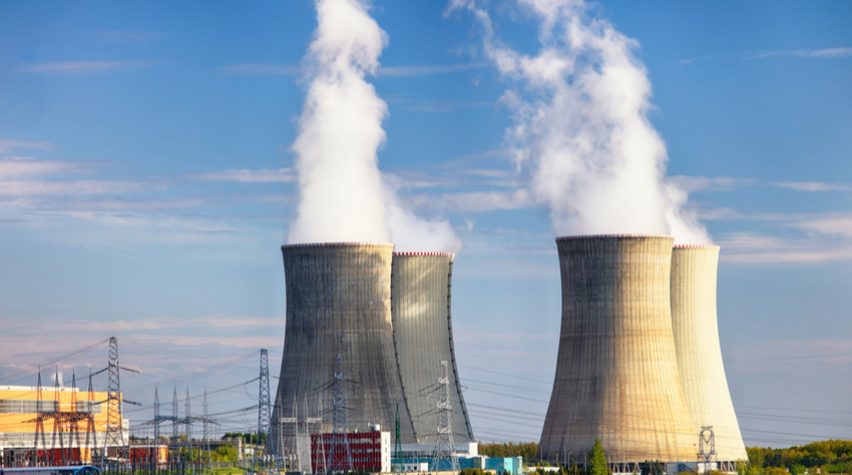
An ultrathin layer of hexagonal boron nitride (hBN), also known as white graphene, can be layered between calcium-silicates to make a ceramic material that is both tough and durable, as well as resistant to heat and radiation. The new materials shows potential for nuclear industry, oil and gas, aerospace applications. This novel material is the result of research at Rice University.
Stronger and stiffer
The result of adding hBN is a bilayer crystal where hBN is integrated into the system, not just loosely connect to the host material. The new material was found to be three times stronger and about 25 percent stiffer with the addition of hBN.
The form of ceramic the lab studied, known as tobermorite, tends to self-assemble in layers of calcium and oxygen held together by silicate chains as it dries into hardened cement. A molecular-scale study showed that hBN mixes well with tobermorite, slips into the spaces between the layers as the boron and oxygen atoms bind and buckles the flat hBN sheets.
This accordion-like buckling is due to the chemical affinity and charge transfer between the boron atoms and tobermorite that stabilizes the composite and gives it high strength and toughness, properties that usually trade off against each other in engineered materials, according to researchers. The explanation appears to be a two-phase mechanism that takes place when the hBN layers are subjected to strain or stress.
To learn more about this new material, see the published research in ACS Applied Materials & Interfaces.


